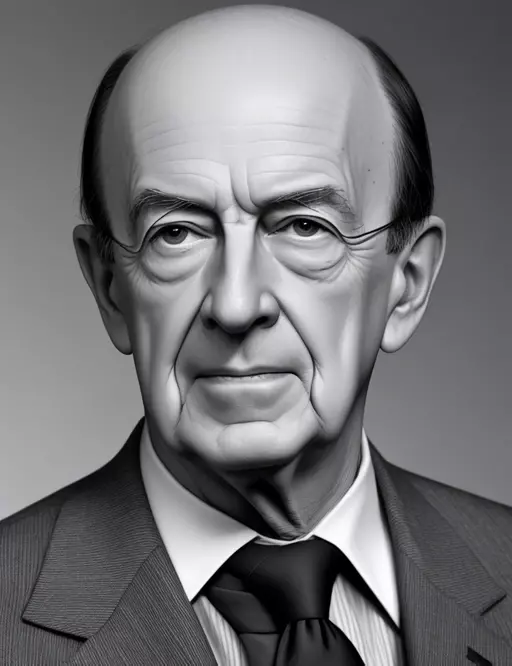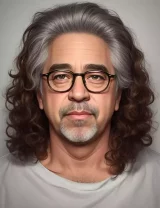Adlai Stevenson's Historic Moment: The Cuban Missile Crisis Revelation
Defusing the Cold War's Most Dangerous Standoff

On October 25, 1962, U.S. Ambassador Adlai Stevenson made history by presenting irrefutable photographic evidence of Soviet missile bases in Cuba, a defining moment during the Cuban Missile Crisis that eased tensions in the heart of the Cold War.
The Cuban Missile Crisis
The Cuban Missile Crisis marked a perilous period in Cold War history, with the world on the brink of nuclear conflict.
The U.S. Response
As the crisis unfolded, the United States sought to reveal the existence of Soviet missile bases in Cuba to the global community.
Adlai Stevenson's Role
Adlai Stevenson, the U.S. Ambassador to the United Nations, played a pivotal role in presenting evidence to the world.
The U.N. Presentation
Stevenson's impassioned speech and the photographic evidence he revealed left no doubt about the existence of the missile bases.
Global Reaction
The revelation prompted international concern and condemnation of the Soviet Union's actions.
Diplomacy Triumphs
Stevenson's presentation and the subsequent diplomatic negotiations between the superpowers led to a peaceful resolution, averting a nuclear catastrophe.
Legacy
Adlai Stevenson's resolute actions and the peaceful resolution of the Cuban Missile Crisis showcased the power of diplomacy during a time of immense tension.
Adlai Stevenson's role in presenting photographic evidence of Soviet missile bases in Cuba on October 25, 1962, was a defining moment in Cold War history. His resolute actions and the global response to the revelation underscore the significance of diplomacy in averting a potentially catastrophic conflict.



